10 Factors That Determine a Sports Card’s Value
When it comes to sports card collecting, several factors play a crucial role in determining a card’s value. From the condition of the card to the rarity of the set, each element can significantly affect how much a card is worth. Players’ popularity and their career achievements also influence the demand for their cards. The card’s design, including unique features like autographs or game-worn memorabilia, can add to its appeal. Age and historical significance contribute to the card’s desirability, especially for vintage items. Market trends and the demand for specific cards can fluctuate, making timing important for collectors.
This post may contain affiliate links, which helps keep this content free. Please read our disclosure for more info.
Condition of the Card
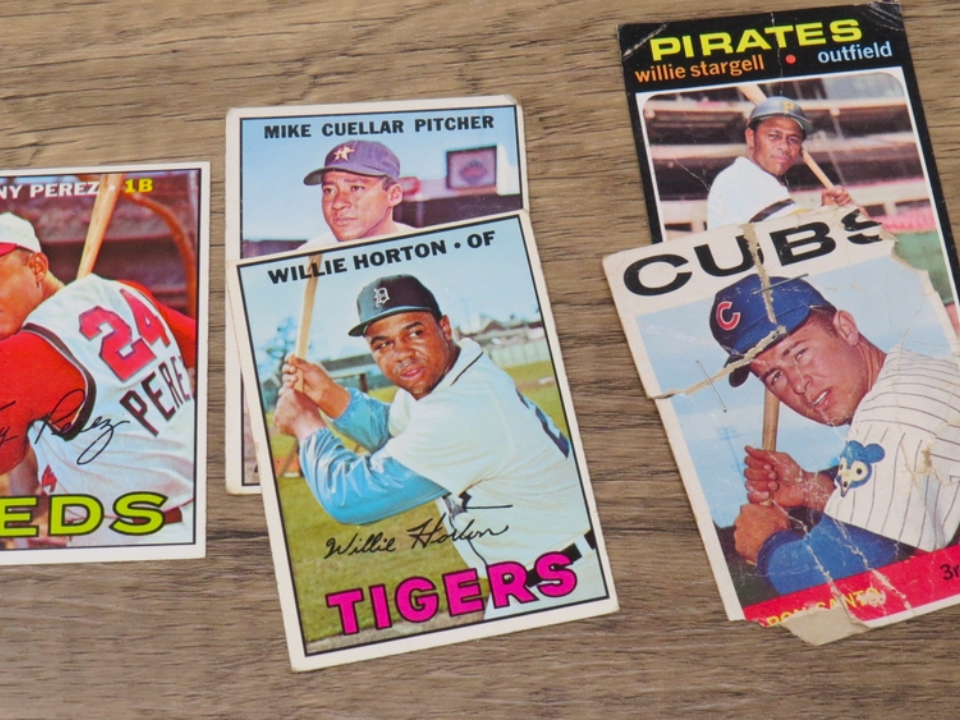
The condition of a sports card is one of the most important factors in determining its value. Cards that are well-preserved, free of bends, scratches, or creases, and have sharp corners generally command higher prices. Grading companies such as PSA or Beckett assess a card’s condition using a scale, with a higher grade indicating better condition and greater value. A card in mint condition can be worth far more than the same card in a lesser state, so collectors must be careful about handling and storing their cards.
Proper storage is crucial to maintain a card’s value over time. Cards should be kept in protective cases to prevent damage from dust, humidity, or sunlight exposure. The more care taken in preserving a card, the more likely it is to hold or increase its value in the future. This factor alone can make a significant difference in pricing between two otherwise identical cards.
Rarity and Scarcity
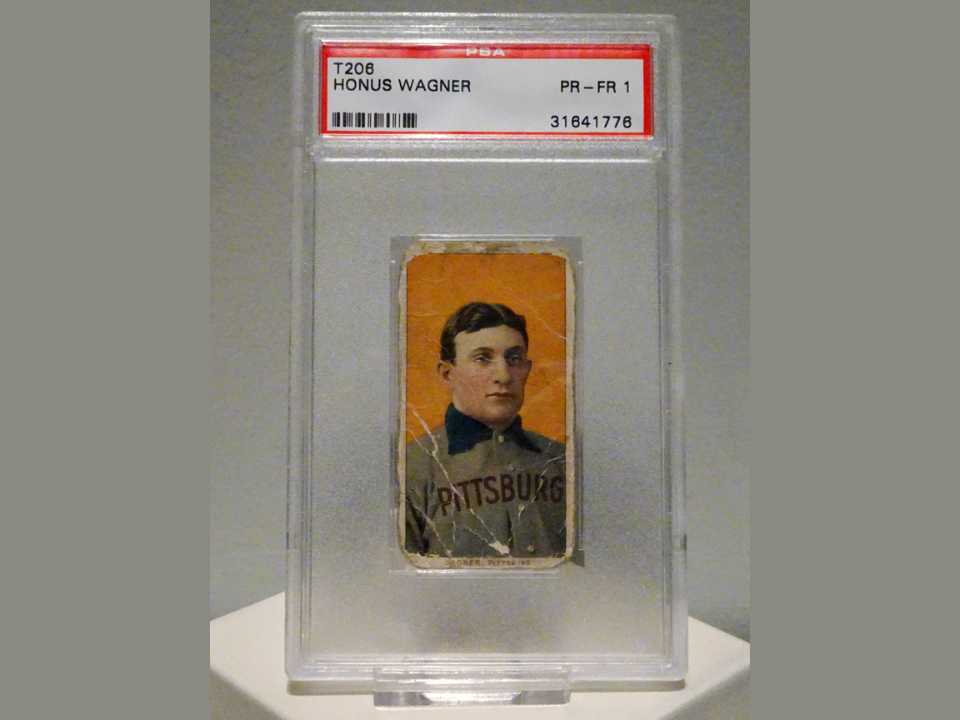
Cards that are produced in limited quantities tend to be more valuable than those that are widely available. Rare cards can come from limited editions, short prints, or early releases. The scarcity of a card, especially one tied to a historic or significant moment, can make it highly sought after by collectors. Cards that are part of a limited run or special insert set tend to carry higher value due to their rarity in the market.
Collectors often search for rare cards tied to key events or players in sports history. For example, rookie cards or limited-edition cards from iconic players may fetch significantly higher prices due to their scarcity. The concept of rarity adds an element of exclusivity, which can drive demand among passionate collectors, further increasing a card’s value.
Player’s Popularity and Career Achievements

The reputation and achievements of the player featured on a sports card play a big role in determining its value. Cards featuring popular players or those who have made a significant impact on the sport are often worth more than those of lesser-known athletes. A player’s performance, career milestones, and even their celebrity status off the field can all influence a card’s market demand.
For example, cards featuring Hall of Famers, legendary athletes, or rising stars with great potential often see higher prices. The more well-known and accomplished the player, the more likely their cards are to appreciate in value. This connection to high-profile athletes is one of the driving forces behind the demand for certain sports cards.
Rarity of the Set or Series
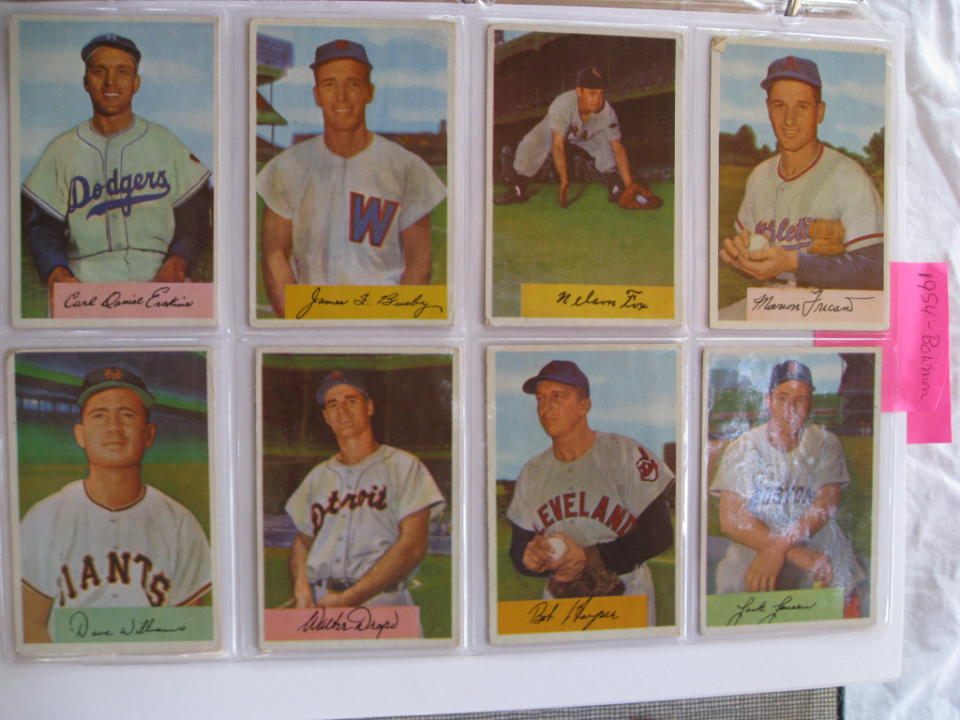
Sometimes the value of a sports card depends on the rarity of the entire set or series from which it originates. A particular card might be valuable because it is one of the few that made it into a high-demand set. The production run of the set, the popularity of the players in the set, and the year it was released can all factor into its desirability. Sets produced during pivotal years or featuring unique designs can become more valuable as time passes.
For instance, certain baseball card sets from the 1950s or 1960s are highly collectible not only for the players they feature but also because the sets themselves have become rare. Card sets tied to iconic seasons or special events often become valuable, as collectors aim to own the complete set or focus on the standout cards within it.
Card Design and Features
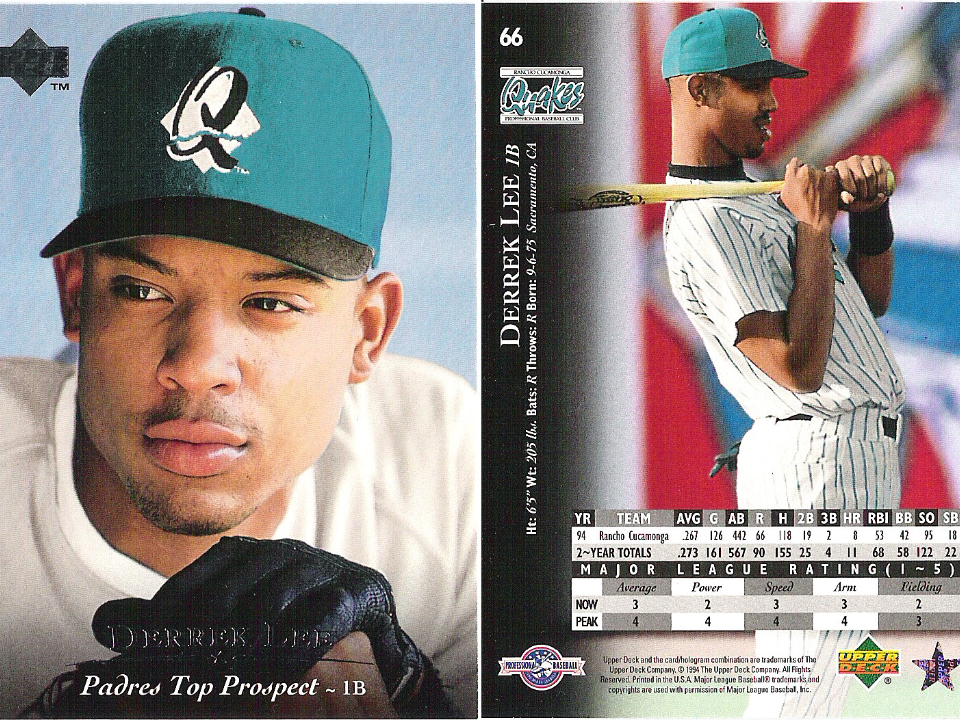
The design of a card can also influence its value, especially when it features unique characteristics that set it apart from other cards. Special features like holograms, autographs, game-worn memorabilia, or unique foil treatments can add to a card’s value. Cards with these distinctive features are often produced in limited quantities, making them more desirable to collectors who value these types of added touches.
For example, a card with an autograph from the player or a piece of memorabilia such as a jersey swatch can drastically increase the card’s worth. Collectors often prize these cards for their tangible connection to the athlete, making them more meaningful and valuable. The more impressive or unique the design, the more likely the card will stand out in the market.
Age of the Card

Age is another factor that plays a role in the value of a sports card. Cards from earlier decades, especially those featuring players who are now considered legends, tend to hold more value simply due to their age and limited availability. Older cards have become harder to find over time, and the fact that they have withstood the test of time contributes to their increased demand.
Cards from significant eras, such as the early days of professional sports or cards from a player’s rookie year, often hold great historical significance. The older the card, especially if it is in good condition, the higher the likelihood that its value will appreciate. Vintage cards are considered a treasure for many collectors, and their age plays an important part in determining their desirability.
Market Demand
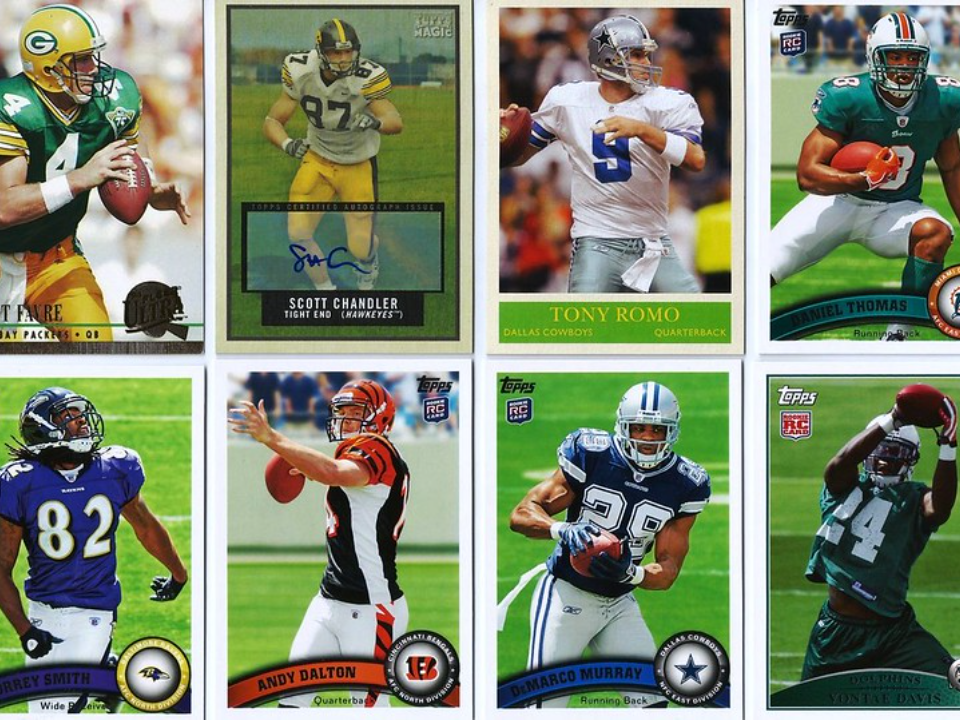
The market demand for certain cards can fluctuate based on trends, news, and the popularity of specific sports or players at any given time. For example, the popularity of a player may surge during a standout season, and the demand for their cards will rise accordingly. Similarly, the state of the sports card market itself can impact how much collectors are willing to pay for certain cards.
Changes in the sports world, such as a major player’s retirement, injury, or championship win, can drive up the demand for their cards. Market shifts can make certain cards more or less valuable depending on the timing of a particular event or trend. The value of cards can ebb and flow with the market, making timing an important consideration for collectors and investors.
Card Popularity Among Collectors
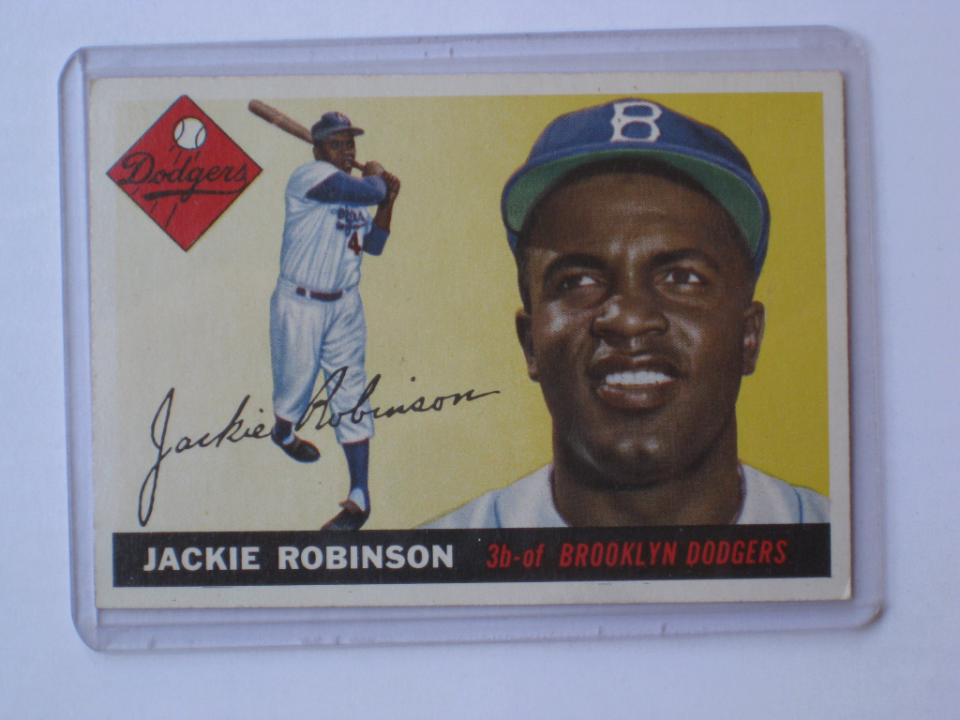
A sports card’s popularity among collectors can significantly impact its value. Cards that are highly regarded or have become part of popular collecting trends tend to be worth more. Cards with strong fan bases, whether tied to specific teams, players, or events, can hold higher value due to their widespread appeal within the collecting community.
Certain cards become the subject of bidding wars, pushing their prices up. Trends and preferences among collectors can also shift over time, leading to an increase or decrease in a card’s value depending on the demand. A popular card can see its value skyrocket during certain periods when collectors actively seek it.
Historical Significance
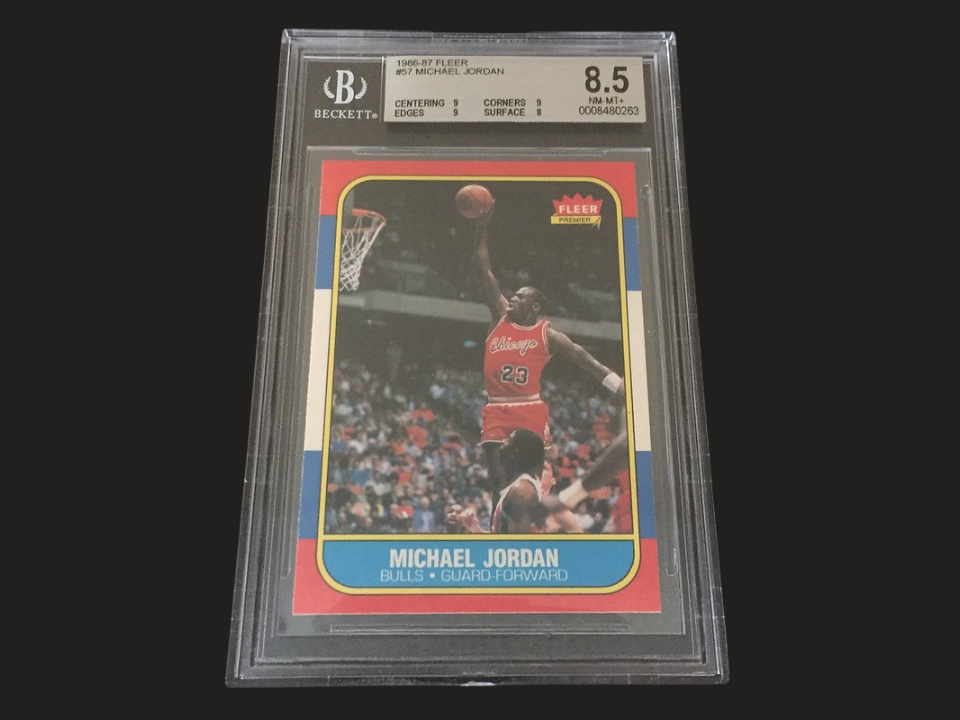
Some sports cards are valued because of their historical significance within the sport. A card from a significant game, season, or event can become more valuable due to the event’s importance. For example, a card from a player’s final game, a team’s first championship win, or a milestone moment in sports history can carry much higher value due to its historical relevance.
The connection of a card to a memorable event or season often makes it desirable for collectors who wish to own a piece of sports history. Historical significance can also increase the demand for the card, as it represents not only the player but also a moment that fans remember fondly. The more memorable and important the event, the higher the value of the card associated with it.
Supply and Demand in the Current Market
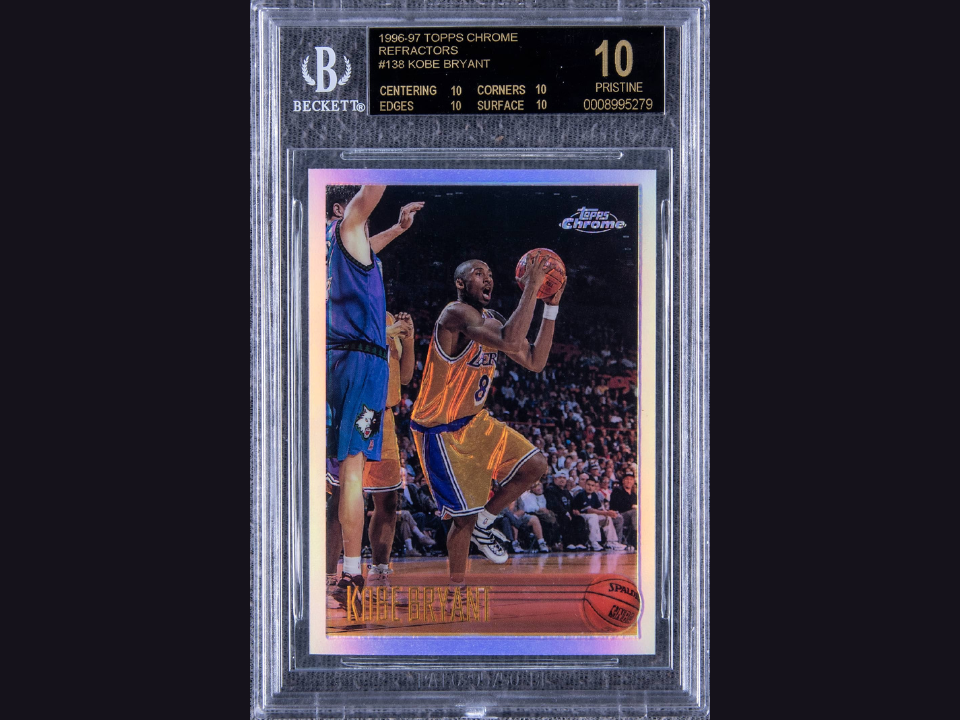
The overall supply and demand for sports cards in the market heavily influence card value. When more collectors seek a particular card, its value rises due to increased competition for the limited supply. Conversely, when there is less interest in a particular card or its associated player, its value may decline.
A card’s value is directly tied to the number of people actively searching for it. If demand for a certain card surges, whether because of the player’s recent success or general trends in sports card collecting, the card’s price will naturally go up. Collectors and investors watch the market carefully, knowing that timing plays an important role in securing valuable cards.
This article originally appeared on Avocadu.
